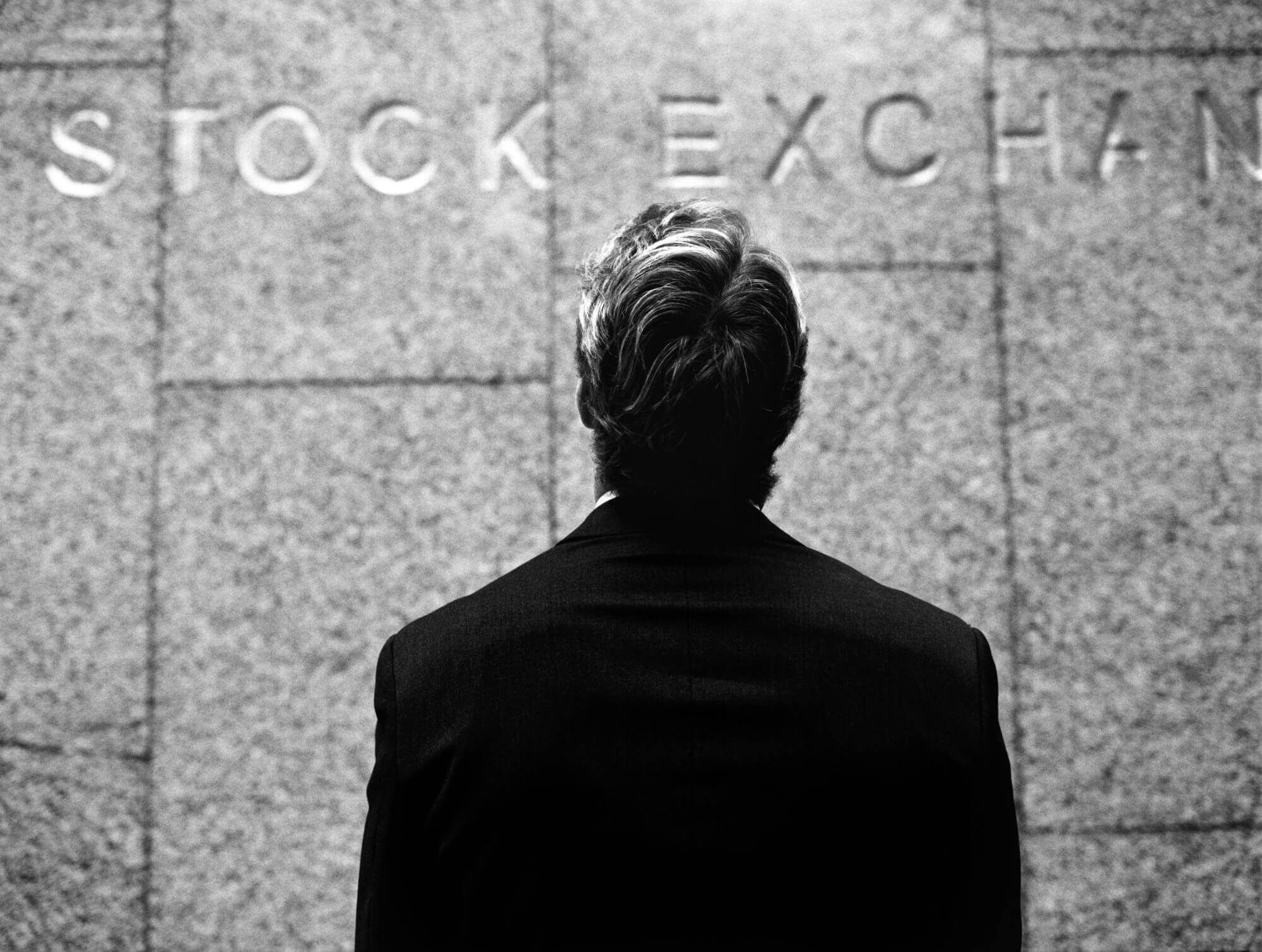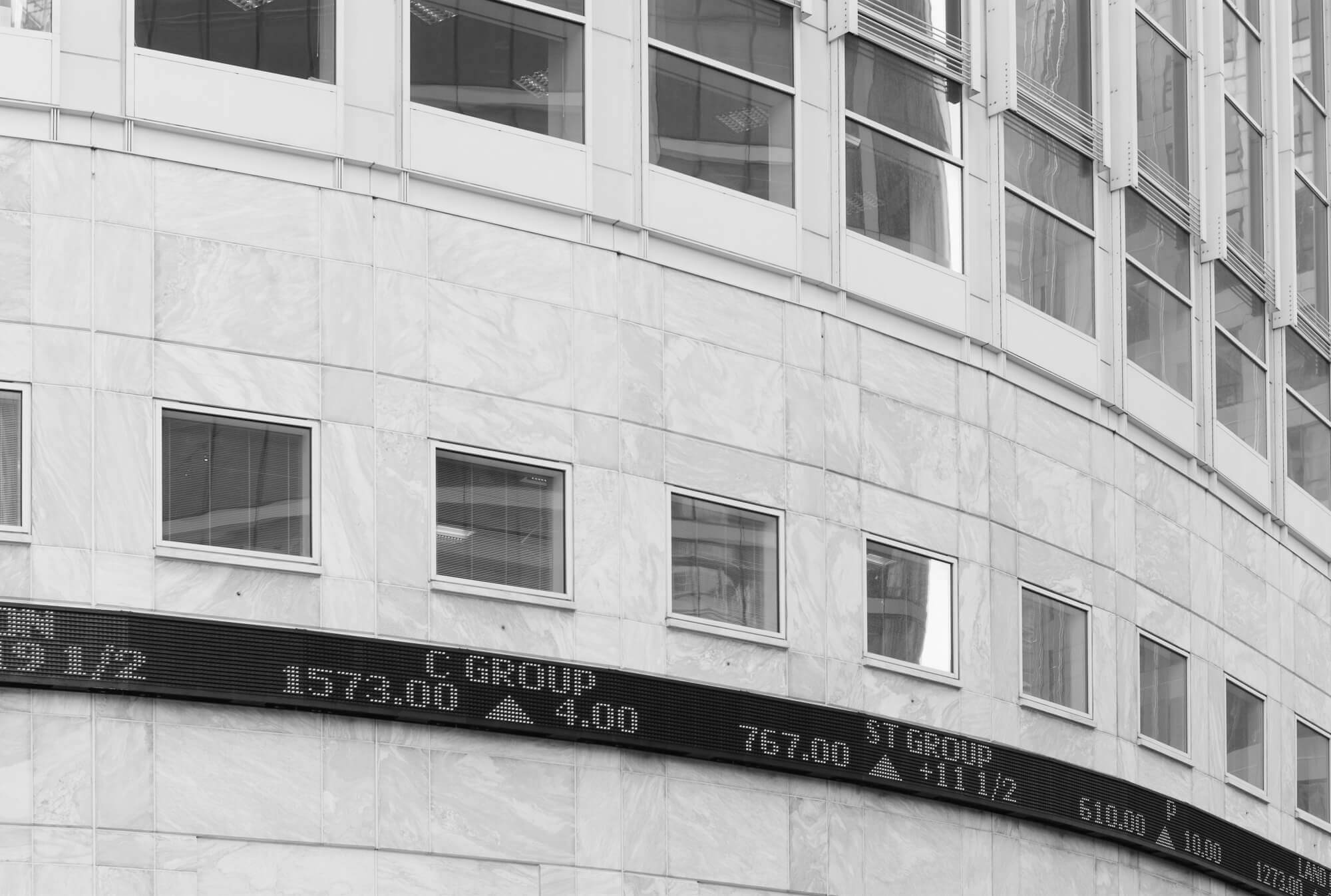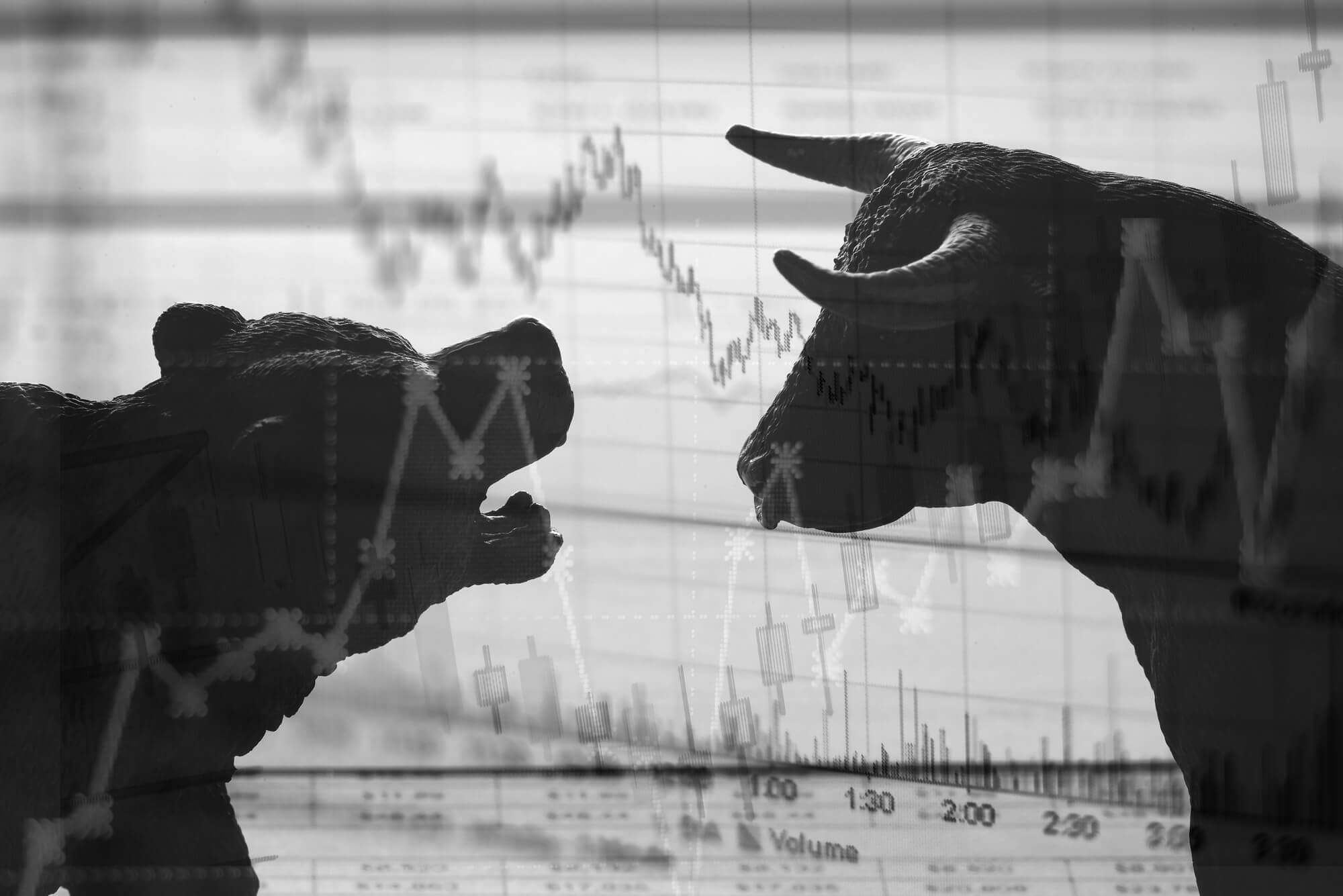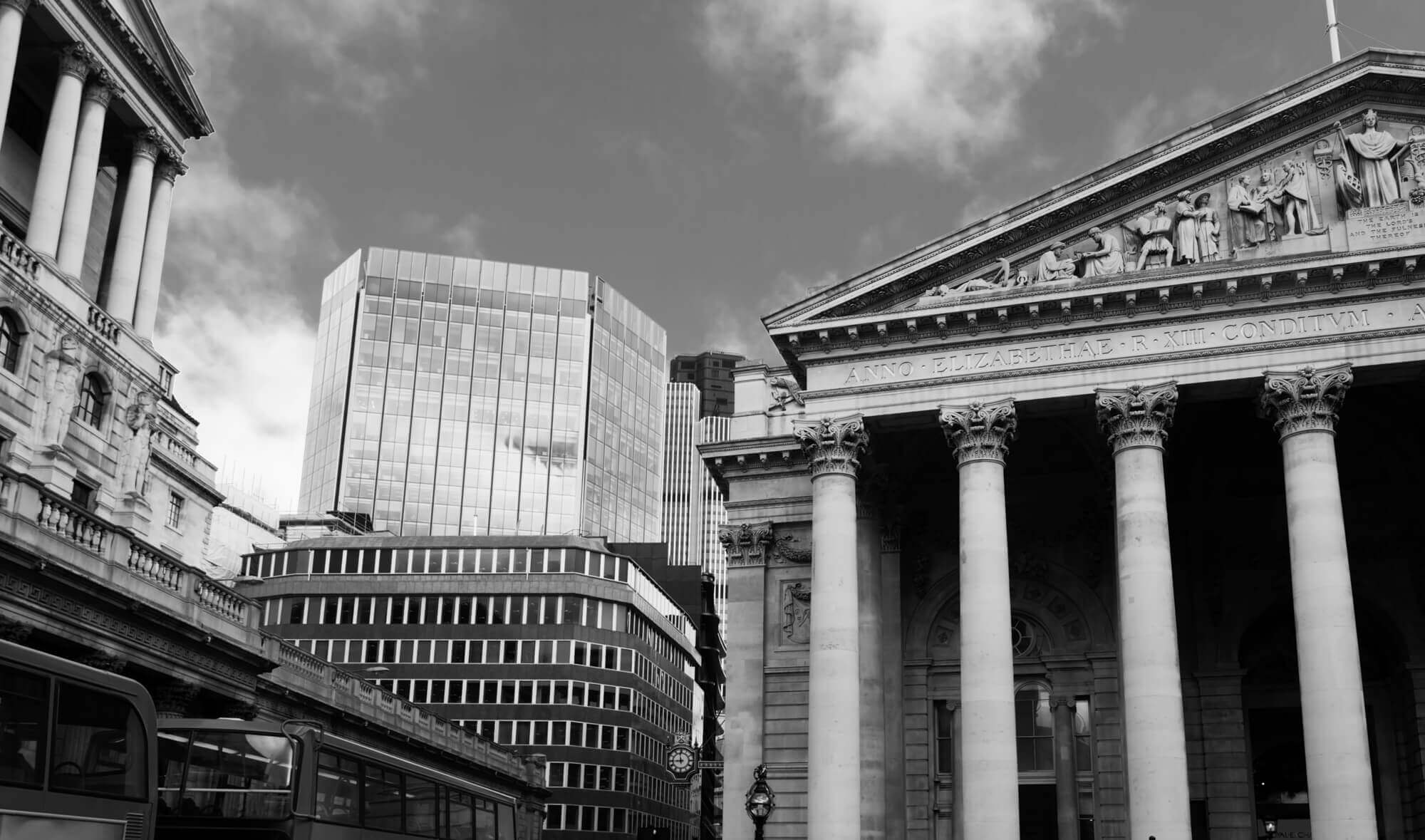Comedian Joey Adams said, “The difference between playing the stock market and the horses is that one of the horses must win.”
It exposes a truism that pertains to all modern trading constructs: it’s risky business. From Venetian money-lenders exchanging debts in the 1300s to speculators trading East India Company shares in London coffee houses 300 years later, mitigating risk through the raising of capital was an essential component in the growth of the industry – the first steps to a global economy.

Just as the advent of issuing paper shares brought efficiency, convenience and a measure of control over the risk of investing, it also paved the way for the very first market bubble in history. Now, some analysts worry the ever-increasing deployment of technology and financial products designed to reduce that same risk may yield disastrous results.
Modern Exchanges
In 1801, the first regulated stock exchange was born in London, though it was severely hamstrung by a ban on issuing actual shares. Years earlier, the enormous investing windfall of the East India Company enticed the South Seas Company to offer shares in hopes of reaping similar financial rewards. The similarities ended there, however. The South Seas Company had never sent a ship to the South Seas and yet still enjoyed a massive influx of capital based solely on speculation.
Naturally, other businesses took notice and began offering shares regardless of how insolvent, ill-advised or bizarre their ventures were, and for the most part, they were successful. However, when the South Seas Company’s profits fell staggeringly short of investor expectations, the subsequent market crash forced the government to outlaw the practice in its entirety. The ban remained in place until 1825, severely limiting the potential of the London exchange.
Founded in 1817, The New York Stock Exchange had no such limitations. It was not the first exchange in America: that honour went to the Philadelphia Stock Exchange. Because of its location in the economic centre of the United States, however, the NYSE quickly solidified its position as the most important and powerful stock market in the new world.
For a time, that’s how it stood – the London Stock Exchange was the main trading hub for Europe while the New York Stock Exchange served the USA and the rest of the globe. Just as those early London businessmen saw the tremendous potential in share trading, so did their colleagues elsewhere. Today, nearly every country has its own stock exchange.
Money Never Sleeps
Diversifying stock portfolios to minimise risk is a time-honoured investment strategy – that strategy now extends beyond merely holding a broad assortment of industries and securities. Scattering investments across global markets have become de rigueur for investors hoping to shield themselves from volatility in a particular market or eke out an edge when domestic returns seem marginal.
This may be due in part to the way global investing among individuals and financial institutions can trigger profit-taking. If the Dow Jones slips or surges, a foreign shareholder may decide to sell and invest in their own country instead. This effectively flattens out the potential peaks and valleys of any individual exchange – elasticity on a macroeconomic level.
The interrelation between global markets is amplified by technology that delivers an unprecedented amount of information to investors almost instantaneously. For better or worse, it’s changing the game forever.

New Technology
During one infamous week in October 1929, the Dow Jones Industrial Average lost 50% of its value and sent the world’s economies into recession. Other less dramatic crashes have followed including the market crash of 1987 – significant as it was the first of the electronic trading era.
When the Hong Kong market fell in late October 1987, other stock markets around the world inexplicably followed it down. Technology was replacing the stock exchange pits of old where traders yelled their orders to each other, often incited by news of the day. Yet, on that day in October, a profusion of electronic transactions accelerated devaluation in a way nobody expected or could react to. A tool designed for convenience had instead caused chaos.
After a similar event occurred in the flash crash of May 6, 2010, where markets crashed only to rebound 36 minutes later, the New York Stock Exchange created market-wide and single-stock circuit breakers. Implemented in 2013, their purpose is to avert market crashes or limit the damage. The protective measures halt trading for a predetermined time if the S&P 500 Index sheds or gains a specific amount of percentage points during certain hours of business. Deemed highly necessary in the new world of high-frequency computer-generated transactions, the question remains whether such safeguards will prove foolproof in the face of ever-changing technological one-upmanship.

[ms-protect-content id=”4069,4129″]
The Quants
Quantitative trading refers to the quantitative analysis of mathematical computations to identify trading opportunities. Larger institutions such as banks and hedge funds have become increasingly zealous about the use of technology in bulk share purchases and sales.
Algorithmic trading uses computer programs to place trades at speeds and frequencies exponentially faster than human traders.
When speaking to the Washington Post, Michael Yoshikami, the Chief Executive of Destination Wealth Management, an investment-management firm in Walnut Creek California, worries that removing the human element from the market increases risk.
“[The market is always] just one step away from massive volatility because of programmed trading. There’s no way that investors can compete with a computer making 1000 trades a second. What it does is it ramps up the psychology of fear and greed for individual investors.”
This trend is unlikely to slow. Marko Kolanovic, JPMorgan Chase’s global head of macro-quantitative and derivatives strategy, wrote in a 2017 report that passive and algorithm-driven “quantitative investing” accounted for about 60 per cent of stock trades, compared with just 10 per cent from conventional methods.
This remarkable rate of trading must equal an exceptional level of investment for publicly traded companies. So why then are publicly traded companies disappearing?
Questions About The Future
Michael Wursthorn and Gregory Zuckerman reported in their January 4, 2018, Wall Street Journal article titled “Fewer Listed Companies: Is That Good or Bad for Stock Markets?”
“In 1996, more than 7400 companies were listed on U.S. stock exchanges; today, that figure is less than half according to the Center for Research in Security Prices at the University of Chicago’s Booth School of Business.”
There is speculation the shift is indicative of smaller companies staying private longer to raise venture capital rather than dealing with the regulatory scrutiny that comes with being publicly traded. Other analysts think it has more to do with giants like Amazon and Google gobbling up smaller companies as soon as they have a presence in the market.
“Investors are celebrating the successes that have already occurred,” said Michael O’Rourke, chief market strategist at JonesTrading to the Wall Street Journal.
But if publicly traded companies are going the way of the dodo, what are investors buying in an era where markets have never surged higher? The answer is engineered investment products from financial companies, exchange-traded funds (ETF’s) for example. That said, ETF’s don’t hire many employees, innovate or create a product in the traditional sense.
Do the aggressive reliance on technology and the dwindling presence of public companies signal a looming crisis for the market? No one can say for sure, but uncertainty may just be the inevitable outcome when stock market players are always looking for a new way to guarantee a win.
[/ms-protect-content]














